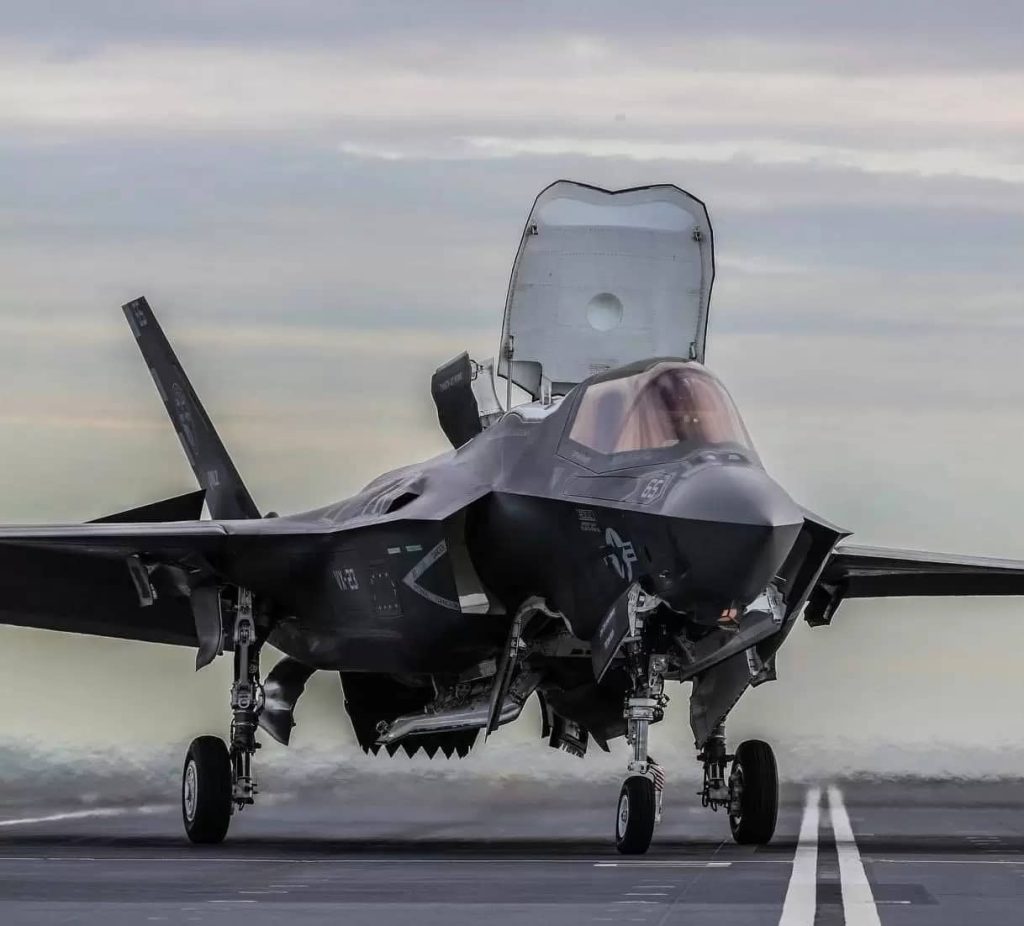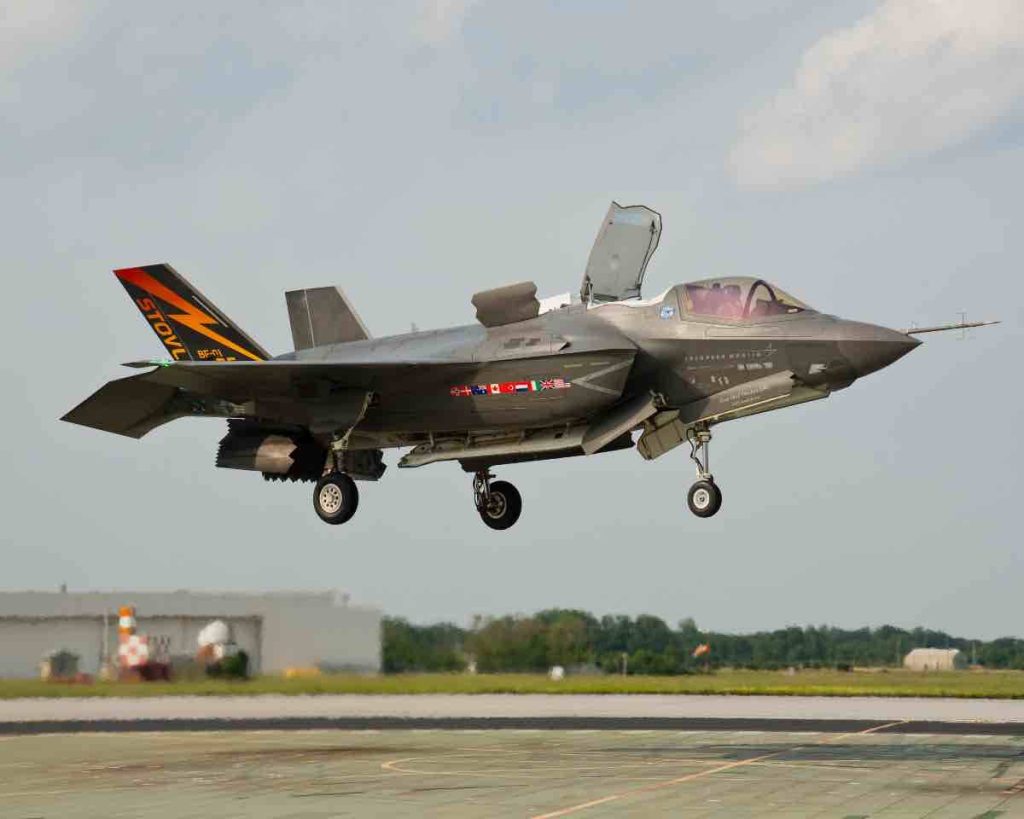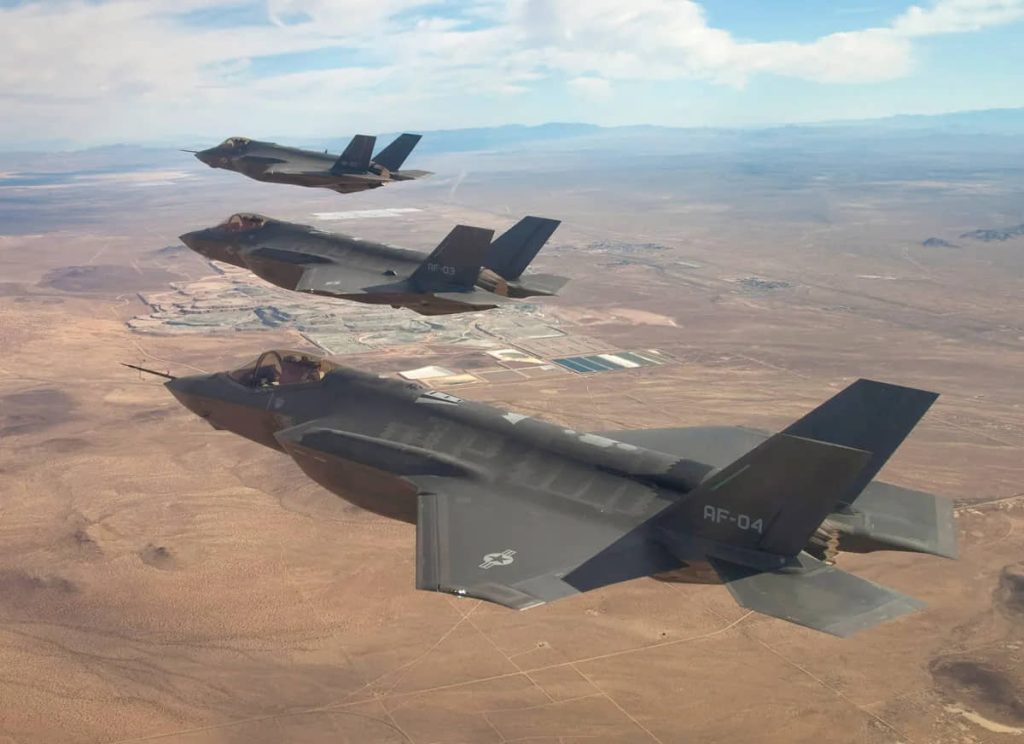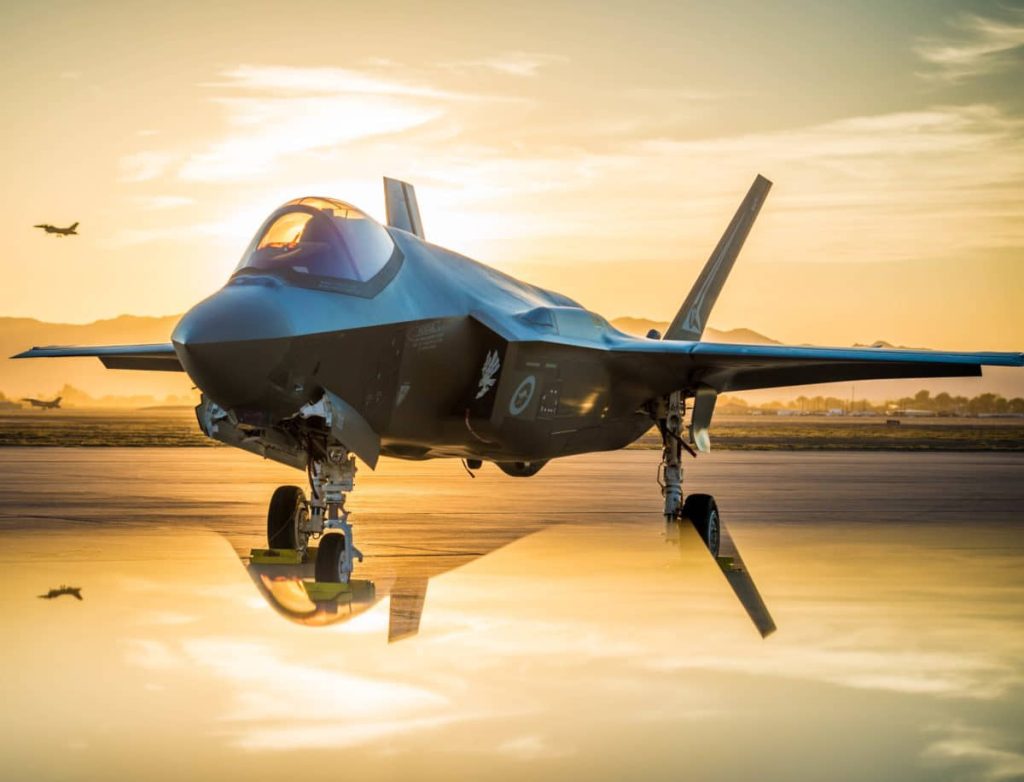The F-35 Lightning II is a revolutionary fighter aircraft that has been making waves in the aviation industry. With its cutting-edge technology and advanced features, it has become a game-changer in modern warfare. In this article, we will explore the 12 most innovative features of the F-35 Lightning II, highlighting its capabilities and impact on military operations.

The 12 Most Innovative F-35 Lightning II Features
Stealth Technology: The F-35 Lightning II incorporates stealth capabilities, making it virtually invisible to radar. Its sleek design and advanced materials allow it to fly undetected, giving it a significant advantage in combat situations.
Advanced Sensors: The aircraft is equipped with a state-of-the-art sensor suite, including radar systems, electro-optical sensors, and electronic warfare capabilities. These sensors provide the pilot with unparalleled situational awareness, enhancing mission effectiveness.

Integrated Avionics: The F-35 Lightning II boasts advanced avionics that integrate various systems and sensors, streamlining operations and reducing pilot workload. This integration enhances the aircraft’s combat capabilities and allows for seamless coordination with other assets.
Supersonic Speed: With its powerful engine and aerodynamic design, the F-35 Lightning II can reach supersonic speeds, enabling rapid response and quick maneuverability. This speed is crucial in engaging enemy aircraft and evading threats.
Vertical Takeoff and Landing (VTOL) Capability: The F-35B variant of the Lightning II is equipped with vertical takeoff and landing capabilities, allowing it to operate from short runways and even confined spaces. This feature expands its operational flexibility and deployment options.

Advanced Stealth Coating: The F-35 Lightning II’s stealth coating is designed to reduce its radar signature, making it difficult for enemy radar systems to detect. This coating also enhances the aircraft’s survivability in combat situations.
Enhanced Survivability: The F-35 Lightning II incorporates advanced countermeasures and defensive systems to enhance its survivability in hostile environments. These systems include chaff and flare dispensers, electronic warfare capabilities, and a robust self-defense suite.

Next-Generation Cockpit: The cockpit of the F-35 Lightning II is equipped with advanced displays and user interfaces, providing the pilot with real-time information and enhanced situational awareness. The intuitive controls and ergonomic design optimize pilot performance and decision-making.
Network-Centric Warfare: The F-35 Lightning II is a key enabler of network-centric warfare. It can share and receive data in real-time, allowing for seamless coordination with other friendly assets, such as ground forces and naval vessels. This connectivity enhances the effectiveness of joint operations.

Short Takeoff and Vertical Landing (STOVL) Capability: The F-35B variant of the Lightning II can perform short takeoffs and vertical landings, making it suitable for operations in confined spaces or aboard aircraft carriers. This flexibility expands its operational reach.
Advanced Weapons Systems: The F-35 Lightning II is equipped with a wide range of advanced weapons systems, including air-to-air missiles, air-to-ground missiles, and guided bombs. These weapons can be integrated into the aircraft’s systems, maximizing its lethality.
Advanced Data Fusion: The F-35 Lightning II employs advanced data fusion algorithms to process and analyze vast amounts of sensor data. This capability enables the pilot to make informed decisions quickly and effectively, even in high-pressure situations.





